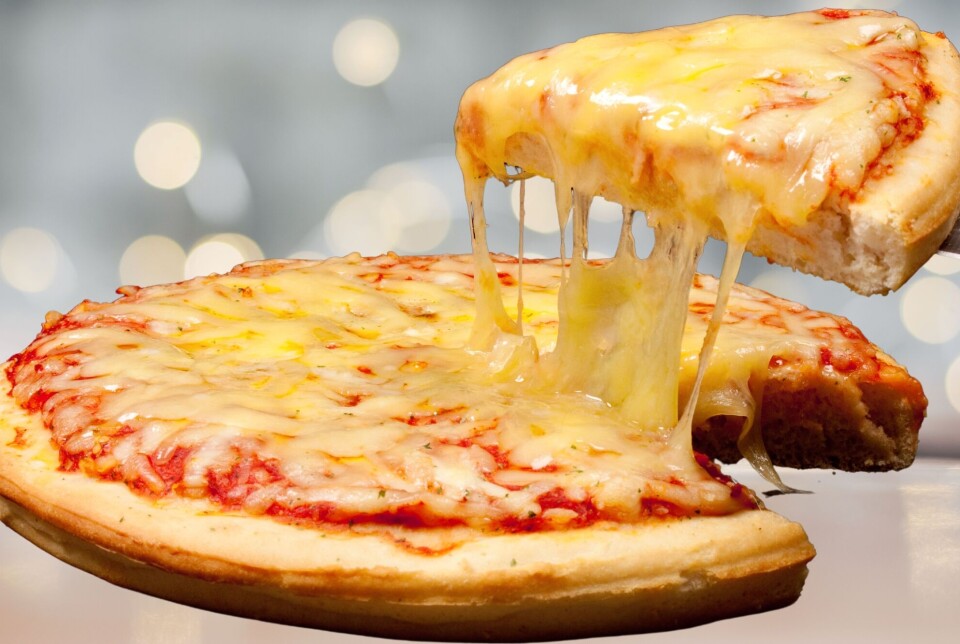
Why does pizza taste so good?
The answer is not entirely simple
Gooey cheese, sweet tomato sauce, and a crispy crust. What makes us like pizza so much?
Pizza is one of the world's most popular dishes.
Take frozen pizza, for instance. Norwegians are champions: We consume more frozen pizzas than any other country.
Norwegians eat about 50 million frozen pizzas a year, according to the Great Norwegian Encyclopedia (link in Norwegian).
Why do we love this round, international dish?
Not a simple dish
“Pizza has a smell, taste, and texture that appeals to most people,” says Josefine Skaret at the research institute Nofima, which studies how food tastes.
Many might say that pizza is a simple dish. But it's actually quite complex.
“It has many different flavours and aromas, with textures ranging from soft to crispy to juicy,” she says.
Humans particularly enjoy food that is fatty, sweet, rich, and complex, she explains.
Then there’s the aroma.
“Smell, taste, and texture combine wonderfully in pizza,” says Skaret.
The fifth taste
Combination is key when it comes to pizza. There is a lot happening at once, making each bite a delight for our taste buds.
But there is also another factor that makes pizza irresistible, according to Skaret: the umami taste.
Umami is often called the fifth taste, alongside sour, sweet, salty, and bitter.
“It makes the food feel aromatic and rich,” says Skaret.
Umami is found in ingredients like tomatoes, cheese, mushrooms, and meat – all common on pizza.
Two things that happen in the oven

When pizza is baked in the oven, some interesting chemical reactions occur.
American professor Jeffrey Miller describes two reactions that make our taste buds rejoice when we eat pizza.
The first reaction is called caramelisation, where the sugar in the food turns brown.
When tomatoes and onions turn golden
Most foods contain some sugar. When baked at temperatures over 230 degrees, the sugar starts to brown, resulting in caramelisation.
‘On a pizza, ingredients like onions and tomatoes become caramelised during baking, making them rich and sweet and flavourful,’ Miller writes in The Conversation.
The same thing happens with the pizza crust. When it turns brown and crispy, it's because the dough has caramelised.
The cheese bubbles, and the pepperoni curls
The second reaction is known as the Maillard reaction.
This reaction causes the meat and cheese on the pizza to brown. It happens when food high in proteins are heated – they react with the sugar.
Examples include pepperoni becoming crispy with curled edges and cheese turning light brown and starting to bubble.
Which topping is best?
Even though pizza is generally loved, we all have our preferred toppings.
When asked what the best pizza topping is, Josefine Skaret answers:
“Cured ham, feta cheese, olives, and sun-dried tomatoes with a bit of rocket on top.”
———
Translated by Alette Bjordal Gjellesvik
Read the Norwegian version of this article on ung.forskning.no
Reference:
Miller, J. Why does pizza taste so good?, The Conversation, 2019.






































